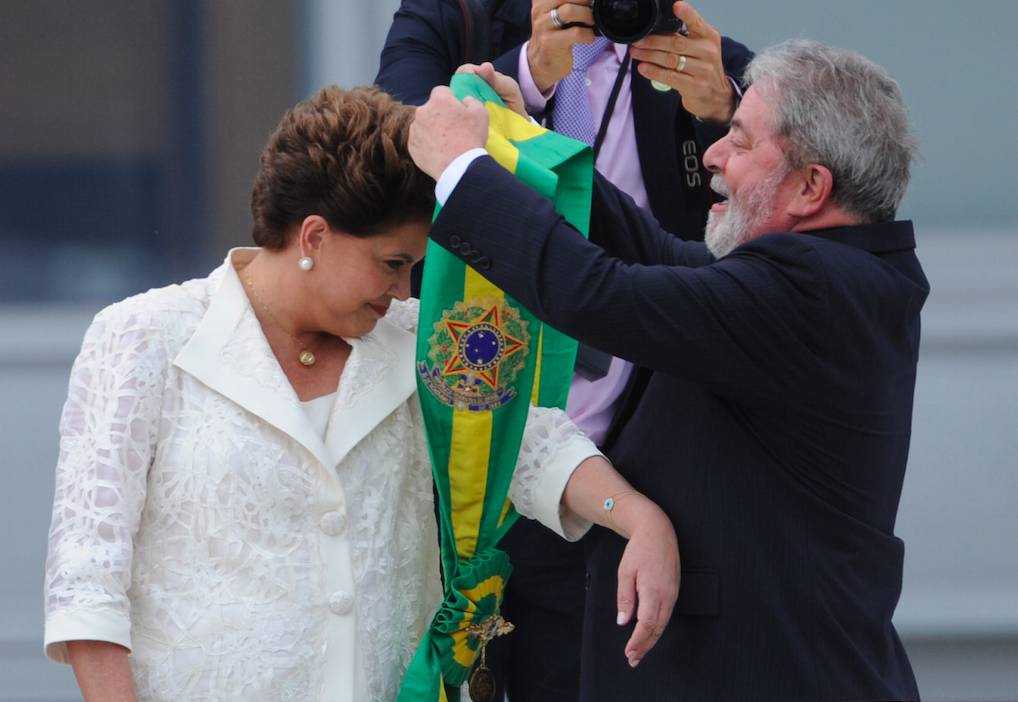Raghuram Rajan and Rodney Ramcharan Receive the WRDS Best Paper Award
| By Alicia Miguel | 0 Comentarios
Wharton Research Data Services (WRDS), a data research platform and business intelligence tool for corporate, academic and government institutions worldwide, announced the winners of the Wharton-WRDS Best Paper Award in Empirical Finance. The 2014 Best Paper Award winners, Raghuram G. Rajan, Governor of the Reserve Bank of India and Distinguished Service Professor of Finance at the Booth School of Business at the University of Chicago, and Rodney Ramcharan, Chief of Financial Studies at the US Federal Reserve Board, explored bank failures during the agricultural collapse of the 1920s, leading up to the Great Depression.
The award for their paper, Financing Capacity and Fire Sales: Evidence from Bank Failures, was presented to the researchers on June 17 at the Western Finance Association (WFA) conference. WRDS, a part of the Wharton School of the University of Pennsylvania, provides instant access to over 200 terabytes of data across Accounting, Banking, Economics, Finance, Insurance, Marketing and Statistics disciplines, making it the gold standard business intelligence tool for over 30,000 users in 33 countries.
“WRDS believes that highlighting excellence in financial research strengthens the field and we are honored to sponsor this Best Paper Award,” said Robert Zarazowski, Senior Director of WRDS. “Expanding current knowledge and pushing the boundaries of learning and analysis is at the heart of what we do at WRDS. We congratulate this year’s winners for finding new ways to examine a historic financial collapse and in turn shed new light on our most recent financial crisis.”
Rajan and Ramcharan set out to explore whether bank failures lead to contagion, causing shocks throughout the larger banking and financial sectors due to reduced liquidity and asset devaluation. During the 2008-09 crisis, policy debates focused on the merits of the US government bailing out failing banks. To examine this question the researchers looked to the 1920s – when most banking was highly localized due to restrictions and outright prohibitions on interstate banking and when banks were left to fail. For the first time, research shows credible evidence that types of liquidations and fire sales do feature significantly in financial crises.
“This WRDS Best Paper Award is a terrific honor and we are really pleased to have our work acknowledged in this way,” said Rodney Ramcharan. “It’s always gratifying to have an opportunity to discuss and share original research, and we are grateful to WRDS for supporting this award and creating a venue to expand the conversation about the real world impacts of federal bank policies.”





